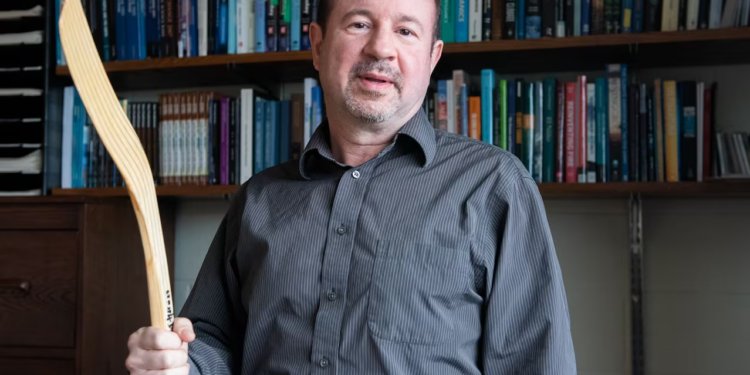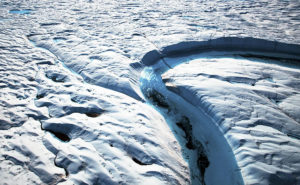by A. Finley, Oct 2, 2023 in ClimateChangeDispatch
Scientists were aghast last month when Patrick Brown, climate director at the Breakthrough Institute in Berkeley, Calif., acknowledged that he’d censored one of his studies to increase his odds of getting published.
Credit to him for being honest about something his peers also do but are loath to admit. [emphasis, links added]
In an essay for the Free Press, Mr. Brown explained that he omitted “key aspects other than climate change” from a paper on California wildfires because such details would “dilute the story that prestigious journals like Nature and its rival, Science, want to tell.”
Editors of scientific journals, he wrote, “have made it abundantly clear, both by what they publish and what they reject, that they want climate papers that support certain preapproved narratives.”
Nature’s editor, Magdalena Skipper, denied that the journal has “a preferred narrative.” No doubt the editors at the New York Times and ProPublica would say the same of their own pages.
Mr. Brown’s criticisms aren’t new. In 2005 Stanford epidemiologist John Ioannidis wrote an essay titled “Why Most Published Research Findings Are False.”
He contended that scientists “may be prejudiced purely because of their belief in a scientific theory or commitment to their own findings.”
“The greater the financial and other interests and prejudices in a scientific field, the less likely the research findings are to be true,” Dr. Ioannidis argued.
“Many otherwise seemingly independent, university-based studies may be conducted for no other reason than to give physicians and researchers qualifications for promotion or tenure.”
In addition, many scientists use the peer-review process to suppress findings that challenge their own beliefs, which perpetuates “false dogma.”
As Dr. Ioannidis explained, the more scientists there are in a field, the more competition there is to get published and the more likely they are to produce “impressive ‘positive’ results” and “extreme research claims.” …snip…
The peer-review process is supposed to flag problems in studies that get submitted to journals. But as Dr. Ioannidis explained in a Sept. 22 JAMA editorial, the process is failing:
…





